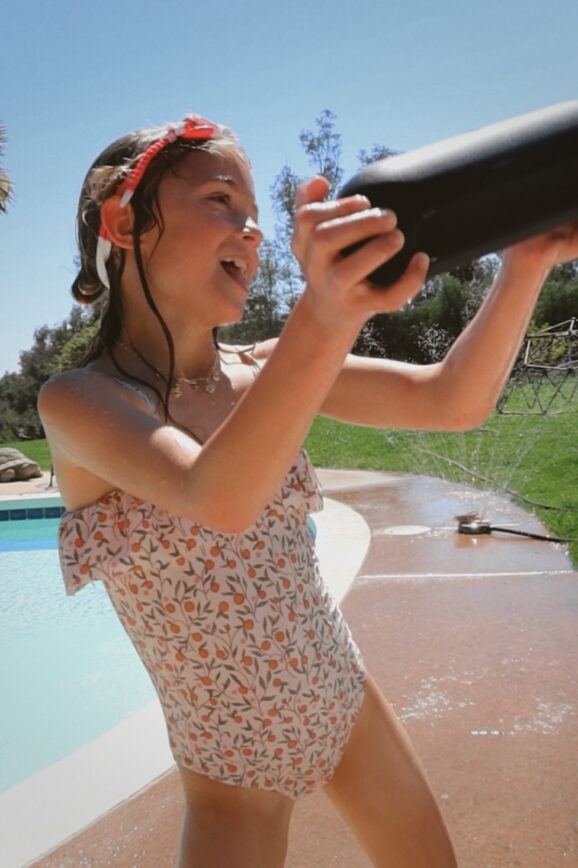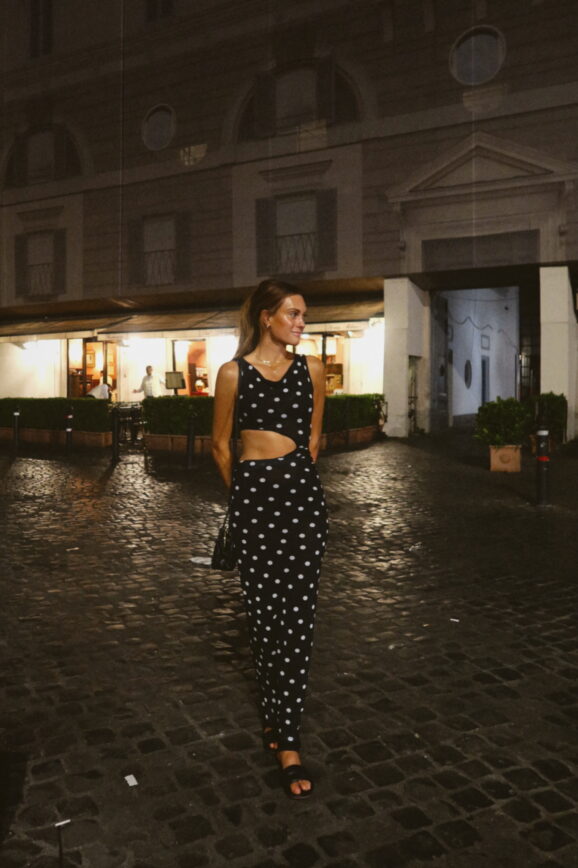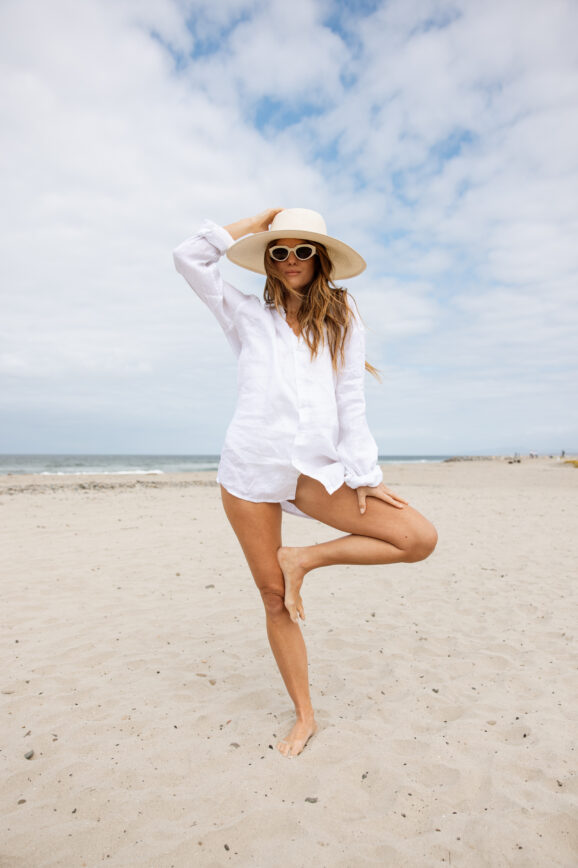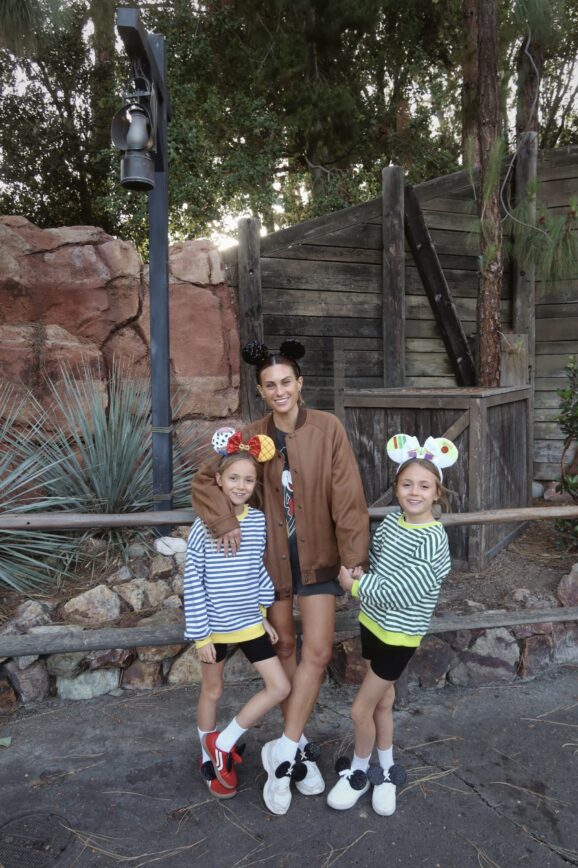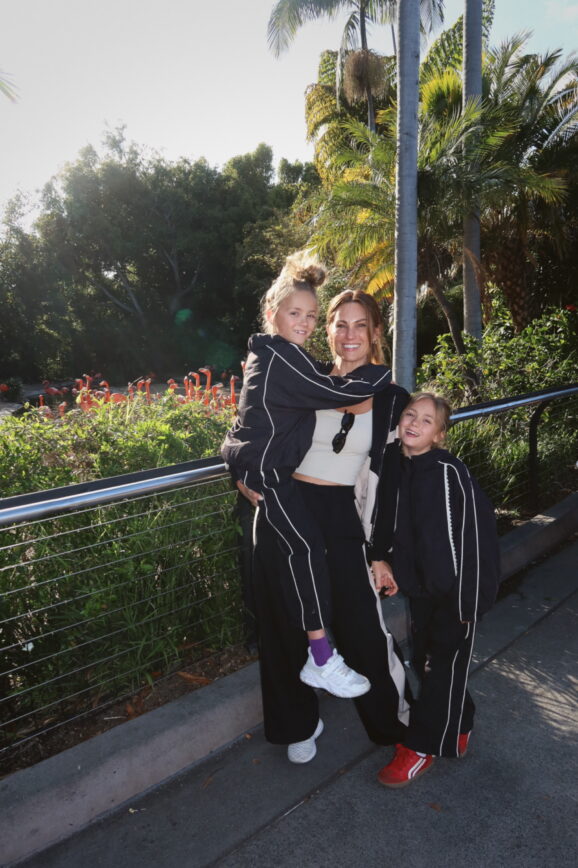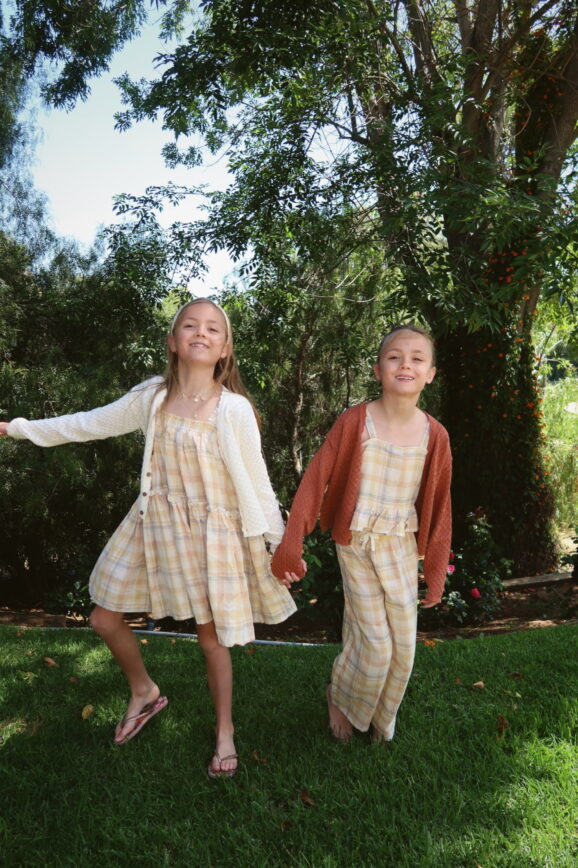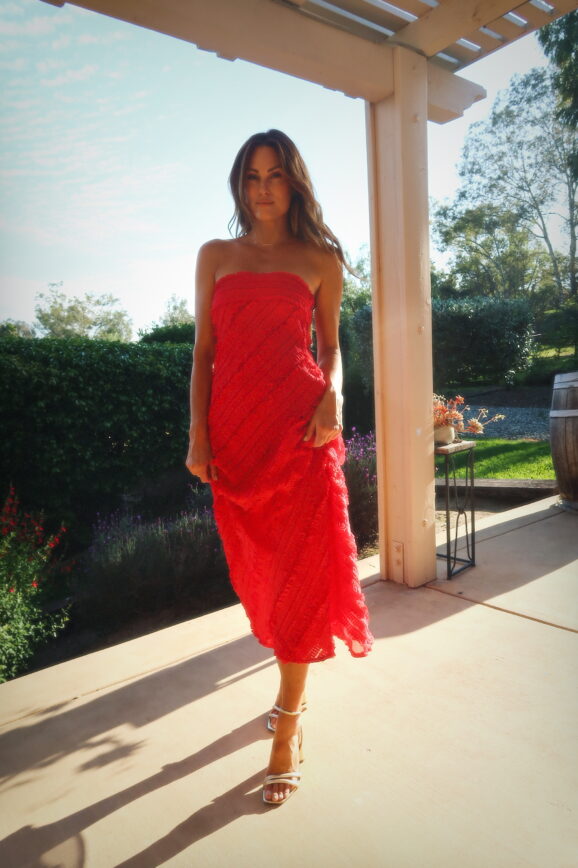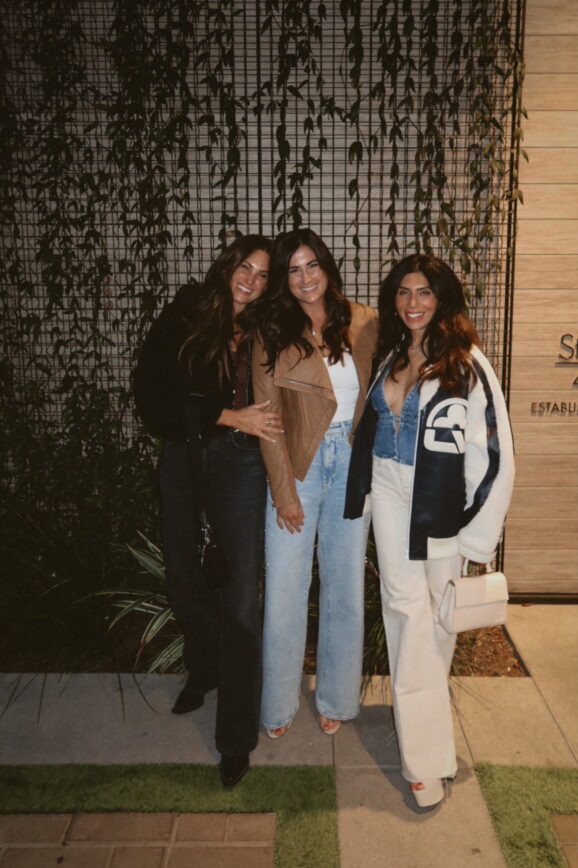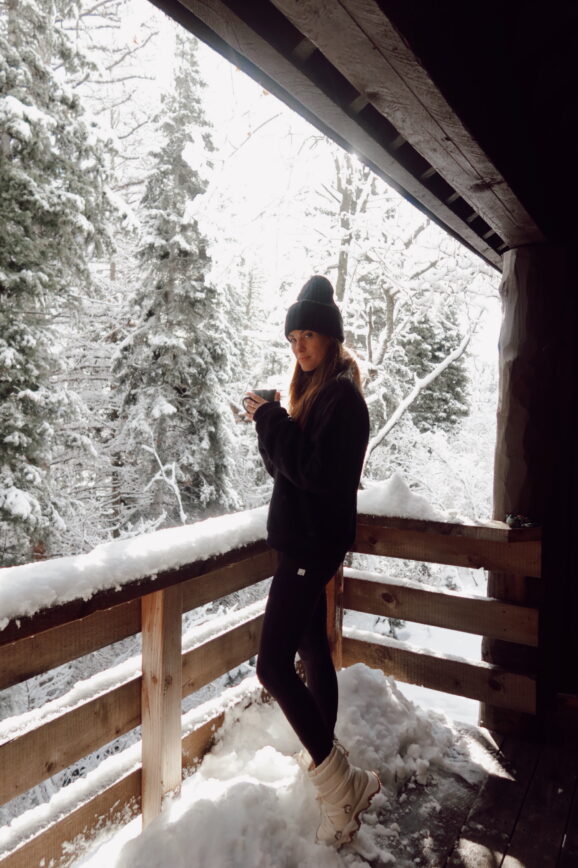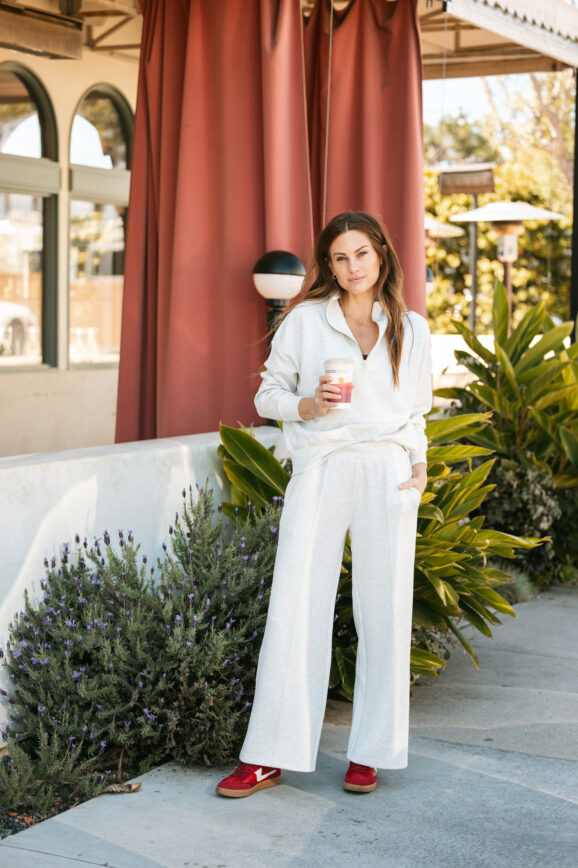Hi team! If you’ve been around for a while, you know I’m not the type to get excited about a sale unless it’s GOOD – things that are super useful and very marked down! I would never ever shop a sale for the sake of shopping a sale. That being said, I have been really…
The Outfits I Took to Italy (Rome & Capri!)
A moment for the outfits! I was lucky to get hauls from a couple of brands, which made packing for this trip so much easier…and even FUN?! I want to link it all here while you can still get it – keep scrolling for anything you saw (and all the things you didn’t!) that I…
Linen for Life
I’ve been on a linen kick lately as the weather is warming up and I’m prepping for summer trips…who’s with me? As I was browsing I decided to start linking for you, and selfishly for myself in case I want to come back to any of this! **Side note, if you’re traveling with linen, I…
Disneyland like a Local
We’ve had the annual pass for locals since before the girls were born – not because I’m a Disney adult, but because we always wanted to be able to meet up with family and friends when they’d come to town to go. Now it doesn’t make as much sense to have for many reasons, but…
A Cozy Spring Break
We went on a little staycation for Spring Break this year – we stayed at the beautiful Hotel Del Coronado and went to the zoo. The weather was a little gloomy/chilly, so we stayed in comfy outfits as much as possible. We’ve been wearing these few outfits so much this spring, I’m giving them a…
Easter 2025 Recap + Links
I didn’t get it together in time to tell you what I was PLANNING to put in the girls’ baskets…and I don’t even feel like I have the energy to give a full recap of Easter here but I’ll attempt ;). It was sweet, the girls are such a cute age, and I treasure every…
Trying to Find a Springy Cocktail Dress Under $100…
I feel like I was off my game this time…and the dress I love the most is technically over $100 (I got it with a discount!) but I’m still posting here in case it’s helpful to anyone! It’s always annoying when you realize that spending more actually gets you more…better fit, quality, blah blah blah….
The Things I Made My Best Friends Buy
One of my best friends came in to town this weekend – if you follow me on Instagram you’ve seen a lot of her. Tanya and I took an epic trip to St. Tropez together last year, and have another trip coming up this June. I’ll tell you where soon!! The girls were with their…
Ski Trip Packing List, for Sundance or anywhere snowy!
As of yesterday it’s officially spring, but I have been meaning to post about this for a while. Whether you want to squeeze in one more snow trip for Spring Break, or put a pin in this post for next year, I hope it helps you easily know what you need to have fun in…
The Search for the Ultimate Sweat Suit
I don’t think I’m the only one on a quest for the best sweatsuit! Here are a few favorites I’ve been wearing on repeat: I LOVE this set – the wide leg pant with the seam down the front feels so classy/elevated to me, along with the collar and the gold zipper on the top….

